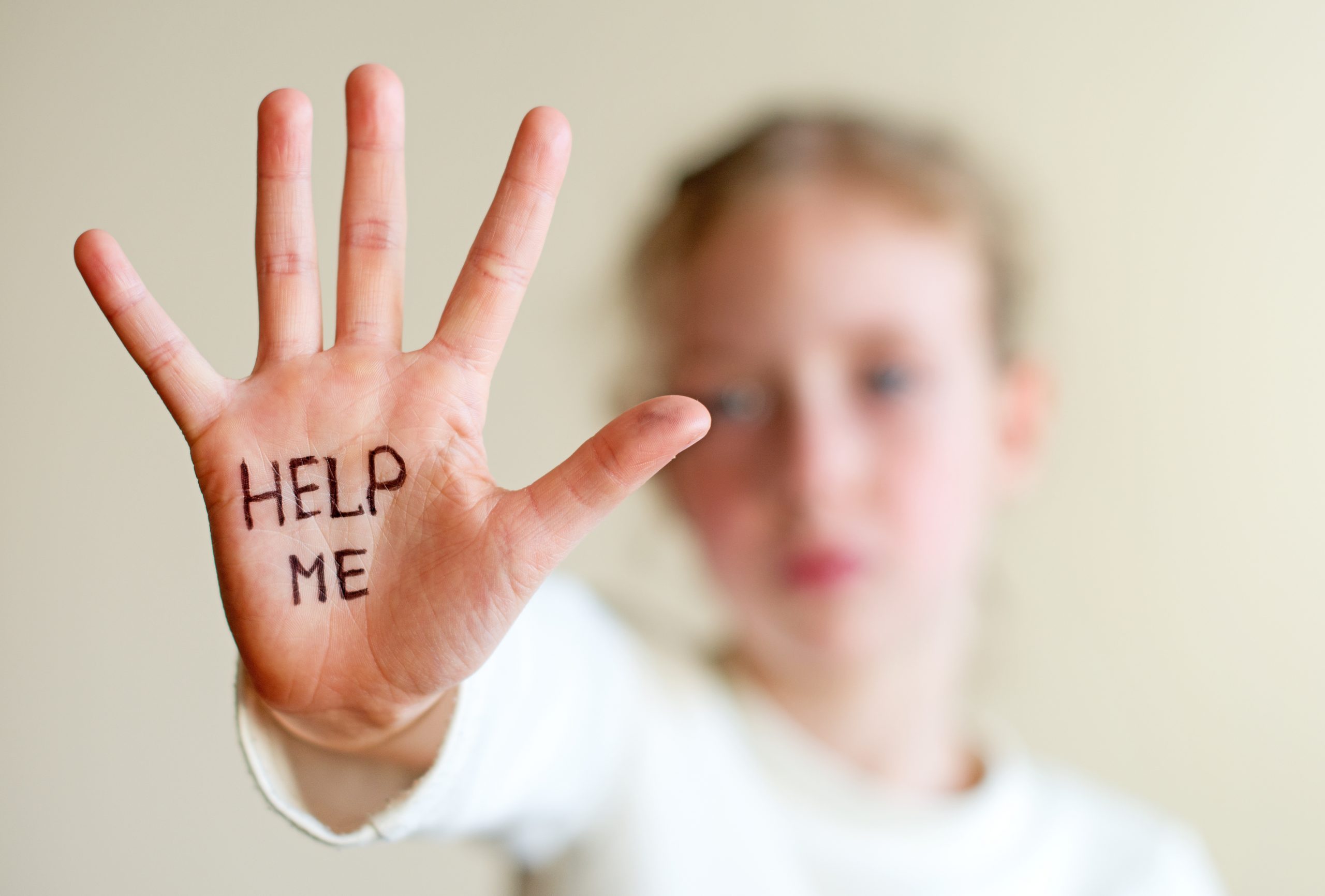“According to research 20-40 percent of girls in the Eastern Caribbean Area have faced sexual abuse. Up to 70 percent of our children have experienced some form of physical violence or psychological abuse. In addition, too many young people end up in the juvenile justice system where they are jailed without other, more constructive, options being explored.”
It is often said that the most vulnerable groups of any society are the elderly and children, and as such they should be protected the most. However, both groups tend to experience a higher level of abuse than other groups within a society. There are various reasons for this; for example, persons within those vulnerable groups may not report the abuse as they are in fear of their lives and the lives of others; and if reported they may not be believed or the case may not be investigated by the person or persons it has been reported to.
Child abuse includes some form of physical, sexual, emotional abuse and/or neglect of a child under the age of 18. This type of abuse is usually carried out by a parent, relative, caregiver, friend or someone who is in a custodial position such as a pastor, teacher, or babysitter, resulting in harm, potential for harm and/or threat of harm to the child. While the premise of physical, sexual and emotional abuse is straightforward to understand, neglect as a form of abuse goes far deeper as it is essentially a parent or caregiver’s failure to meet a child’s basic physical and emotional needs, such as housing, clothing, food, access to medical care and education. The lasting implications of child abuse are far reaching as the trauma remains with the child as they go through adolescence and adulthood. It is for this reason that child abuse is indeed a public health crisis.
In 2019, the Organization of Eastern Caribbean States (“OECS”) in partnership with UNICEF commissioned an assessment of the child protection and justice systems in nine English Speaking OECS Member and Associate States. The purpose of these assessments was to compel the Member and Associate States to recognise and act on their responsibilities and human rights obligations to one of its most vulnerable groups within its societies. Further, the aim was that such recognition would empower each state to be effective in its policy- and legislation-making decisions and in meeting its human rights obligations in compliance with international standards. These assessments were intended to: (i) assess the compliance of existing national child protection (including the administration of juvenile justice) systems with international standards; (ii) establish baselines against which continued reform progress can be regularly measured; (iii) document good practices and lessons learned that can be scaled up; promoted for use and/or replicated elsewhere in the OECS sub-region; (iv) make recommendations to improve the programming design and implementation of national child protection systems; and (v) provide a standardised assessment of current child protection system (rubric to be developed for approval) through which Eastern Caribbean countries’ progress in systems design and operation can be systematically monitored. Independent Member States completed their respective action plans in 2018.
The OECS recognises that the creation of national child protection systems must consist of: (i) policies and laws that protect children from abuse, neglect, violence and exploitation; (ii) policies and laws that promote the use of community-based, non-punitive and non-custodial measures for the rehabilitation of young offenders as a first resort; (iii) programmes, laws and policies that respond in the best interests of the child when any violation of the above occurs or potentially occurs; (iv) the monitoring and effective regulation of child protection standards at all levels such as within schools and detention centres; (v) a committed workforce with the necessary and relevant capabilities and mandates; and (vi) the mechanisms and functioning systems that bring offenders to justice where violations or potential violations occur.
According to these assessments, also known as Action Plans, all Caribbean countries have ratified the Convention on the Rights of the Child (“CRC”) and several have passed laws, and developed policies, for protecting children against abuse, neglect and exploitation.
While Member and Associate States have introduced programmes and initiatives to implement law and policy to address these issues, a concern that is continuously raised is how the actual implementation and delivery of these services will be facilitated to this vulnerable group within the society. Numerous factors must be considered, such as the child’s family’s social connections with other family members, friends, and the community who can provide emotional support and assistance to the parents, the parents’ access to information on parenting and child development information and information regarding appropriate expectations and behaviours for children at various ages, and the parents’ or caregivers’ resilience and ability to adapt to change. Also, strong financial help is required when implementing such initiatives. This general guidance can perhaps steer this vulnerable group from further damage and help avoid a very real public health crisis.

